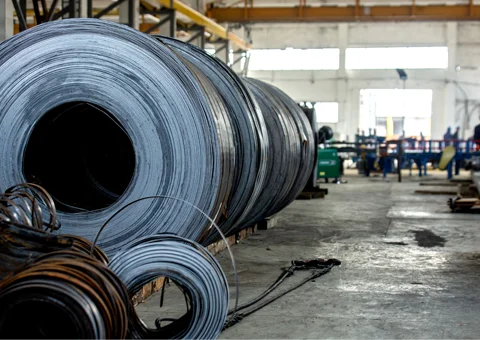The US Steel Plate market has been experiencing a period of stability with a slight downward trend in recent weeks. In the second week of September, Steel Plate prices saw a modest decline of 1%, reflecting the overall tepid demand in the sector. Nucor Plate Group, a major player in the Steel Plate industry, maintained its monthly prices, but market reports indicate sluggish sales.
Despite the price maintenance by some producers, the Steel Plate market remains under pressure. Spot prices for Steel Plate have been confined within a narrow range, with industry sources suggesting that official prices are likely to remain stable or experience a slight decrease. Many market participants anticipate the ability to negotiate deals at lower levels, further highlighting the softening demand for Steel Plate products.
The third week of September saw Steel Plate prices stabilize somewhat, with only a marginal decline of 0.2% week-on-week. This relative stability in Steel Plate pricing comes as market participants brace for potentially more challenging conditions in the coming months. The Steel Plate industry is closely watching various factors that could impact future pricing and demand, including the upcoming US presidential elections in November.
Steel Plate market observers indicate stable spot transactions within a specific price range but anticipate challenges due to declining demand and impending imports. Distributors are adopting cautious inventory management, avoiding speculative purchases. Compared to 2023, current transactional prices have significantly decreased, highlighting ongoing industry difficulties.
The broader steel industry context provides important insights into the Steel Plate market dynamics. The American Iron and Steel Institute reported that weekly raw steel production in the US for the week ending September 21 was 1.71 million short tons, with a capacity utilization rate of 76.9%. This represents a 2.4% decrease in raw steel production compared to the previous week, potentially impacting Steel Plate availability and pricing.
Regional production figures highlight the varied landscape of steel manufacturing across the US, with the South leading production at 747,000 short tons, followed by the Great Lakes region at 583,000 short tons. These production levels indirectly influence the Steel Plate market, affecting supply and potentially pricing strategies.
The scrap market, a crucial component of steel production, has seen prices for September deliveries settle in line with market expectations. This stability in scrap pricing could have implications for Steel Plate production costs and, consequently, market prices.
As per ChemAnalyst, the Steel Plate market in the USA is anticipated to face continued pressure in the coming months. Factors such as global economic uncertainties, potential shifts in trade policies, and evolving domestic demand patterns are expected to influence Steel Plate pricing and availability. While short-term fluctuations may occur, the overall trend suggests a cautious outlook for the Steel Plate sector, with market participants likely to remain vigilant and adaptive to changing conditions.
Courtesy: hemanalyst.com

